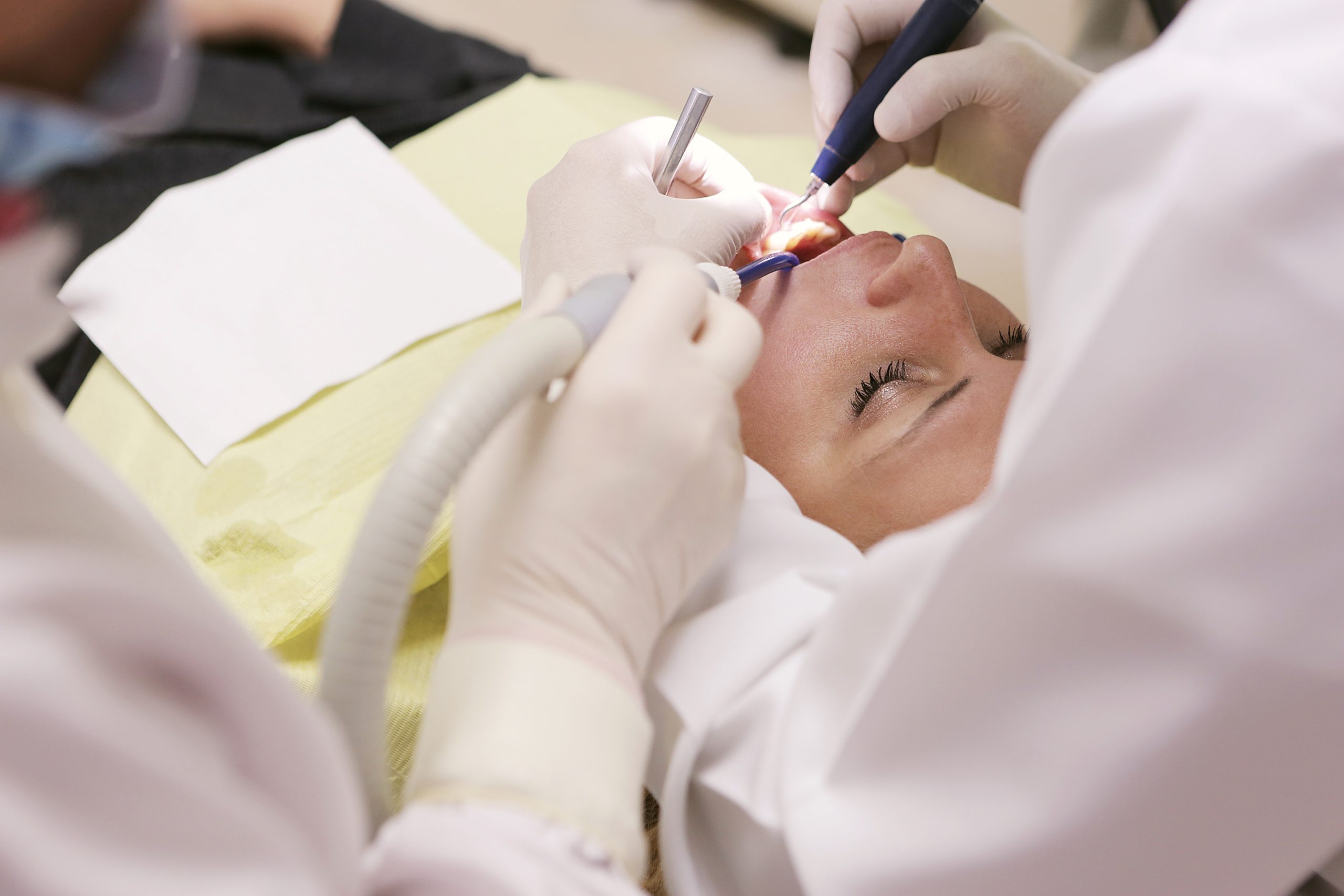
Tooth Extractions: Types, Procedures, and Aftercare
While preserving natural teeth is always a priority in dentistry, there are situations where tooth extraction becomes necessary. Tooth extractions are dental procedures in which a tooth is removed from its socket in the jawbone. This can be due to various reasons, including severe tooth decay, advanced gum disease, overcrowding, or structural damage that cannot be effectively repaired.
Navigating Tooth Extractions
This section will explore the different types of extractions, the procedures involved, and the aftercare needed to ensure a smooth recovery.
Types of Tooth Extractions
There are two main types of extractions:
- Simple extraction: This method is used when a tooth is visible above the gum line and can be removed easily. The dentist uses forceps and elevators to loosen and remove the tooth.
- Surgical extraction: This procedure is more complex and is necessary when a tooth is broken or impacted (not fully emerging from the gum line). An oral surgeon makes an incision in the gums to access the tooth and may need to remove bone or cut the tooth into pieces to extract it.
The Tooth Extraction Procedure
The steps for a safe tooth extraction procedure in Jacksonville, FL typically include:
- X-rays and examination: To determine the type of extraction needed, your dentist will take X-rays and evaluate the tooth’s condition.
- Anesthesia: Local anesthesia is administered to numb the area, ensuring a pain-free procedure.
- Extraction: The dentist or oral surgeon will use specialized tools to remove the tooth in a simple or surgical extraction, as appropriate.
- Stitches: If needed, dissolvable stitches may be used to close the incision in surgical extraction.
Aftercare and Recovery
To promote healing and avoid complications following a tooth extraction, follow these aftercare tips:
- Bite down on the gauze pad provided by your dentist to help form a blood clot.
- Avoid smoking or using a straw for 24 hours, as sucking can dislodge the clot.
- Take pain relievers as prescribed and apply ice to the outside of the cheek to reduce swelling.
- Eat soft foods initially and gradually reintroduce solid foods as healing progresses.
- Maintain good oral hygiene, but avoid brushing or flossing near the extraction site.
Aside from tooth extractions, dental professionals also offer other services to help maintain a healthy smile, such as teeth whitening in Jacksonville, FL and deep gum cleaning.
Teeth Whitening
Professional teeth whitening can provide fast and effective results if you want to brighten your smile. Talk to your dentist about various in-office treatments and take-home kits to find the best option.
Deep Gum Cleaning
To prevent gum disease and tooth loss, a deep gum cleaning in Jacksonville may be recommended by your dentist. This procedure involves thoroughly cleaning the teeth and gums to remove plaque, tartar, and bacteria, ensuring a healthy foundation for your teeth.
Conclusion
Understanding the types of tooth extractions, the procedures involved, and the aftercare needed can help you be better prepared when a loved one needs a tooth removed. By following the dentist’s recommendations and taking care of your oral health, you can maintain a strong and healthy smile for years.











